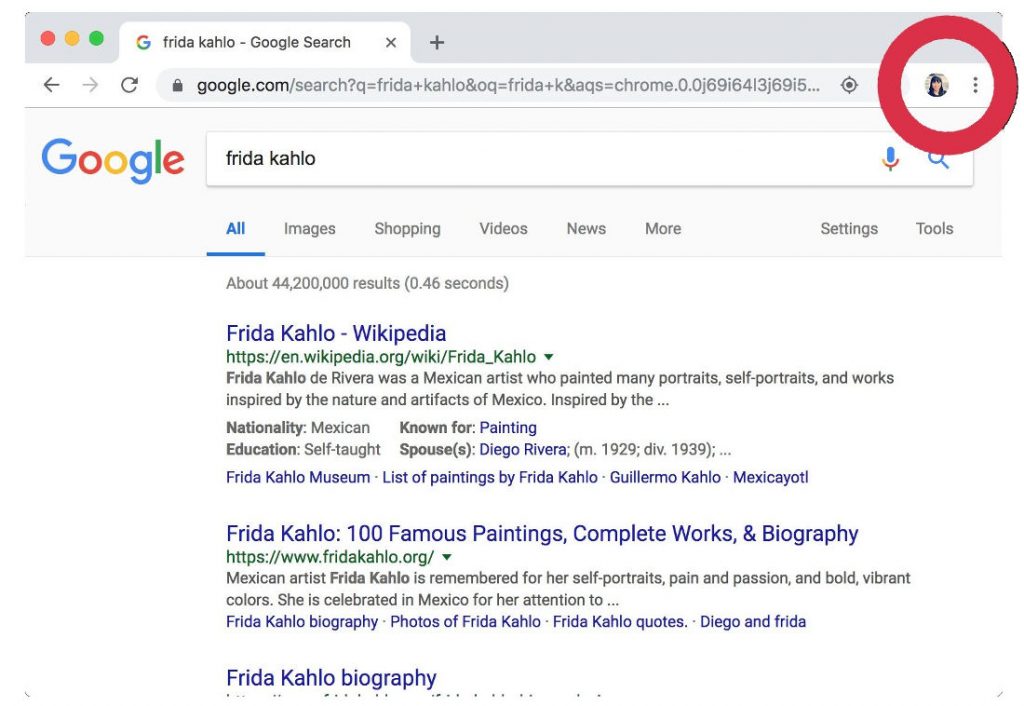
With the Chrome 69 release, when you log into your Google account, or any Google service, you will also be automatically logged into Chrome whether you want to or not. There is a visual indicator letting the user know he is logged into Google. However, Matthew Green, a cryptography professor at Johns Hopkins University, feels that it might be a big deal as it associates browsing with a Google account.
Browsing history shouldn’t be associated with a Google account unless you choose to log in to Chrome. Though the browsing data is not uploaded and sync is not enabled, there might be data gathered by the authentication process alone. When you sign in to the Chrome browser or a Chromebook with your Google Account, your personal browsing data is saved on Google’s servers and synced with your account.
To reiterate, signing in does NOT turn on Chrome Sync. The Chrome Help Center https://t.co/t2pPjiqkVe and Chrome White Paper https://t.co/RFlpiSSs2j have up-to-date details about this change. My colleagues are updating the Chrome privacy notice ASAP to make this more clear 6/6
— Adrienne Porter Felt (@__apf__) September 24, 2018
The types of information can include browsing history, bookmarks, tabs, passwords and auto fill information, other browser settings, like installed extensions. These settings are automatically saved for you the next time you sign in to Chrome on other devices. However, what’s confusing users is the fact that they are being told that the data is not being uploaded unless you turn on sync, but the privacy policy states that data will be uploaded simply by signing in.
When you are forcibly logged into Chrome with a Google account, this Chrome login is simply being used as a visual indicator and sync is not enabled in the browser and this appears to be true. However, it is unclear what other information is collected by the authentication process. You can simply turn off synchronize using the account-consistency Chrome flag. With this feature disabled, you will no longer be forcibly logged into Chrome when logging into any other Google service such as Gmail or your Google account.
Adrienne Porter Felt, Google Chrome engineer, and manager in a Tweet said that it made this change to prevent surprises in a shared device scenario. This new clearly reminds you whenever you’re logged in to a Google account, and you only need to sign out in one place before you share your computer with someone else.
